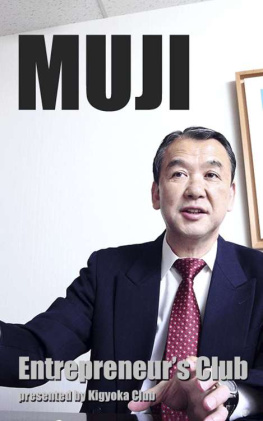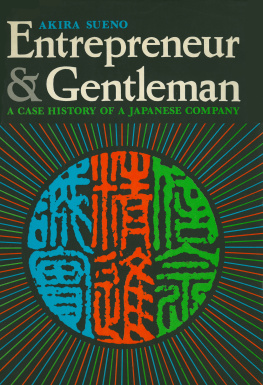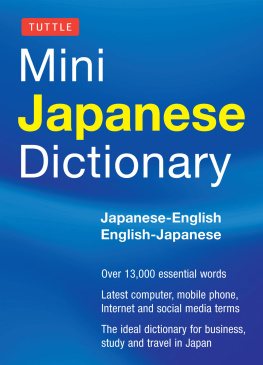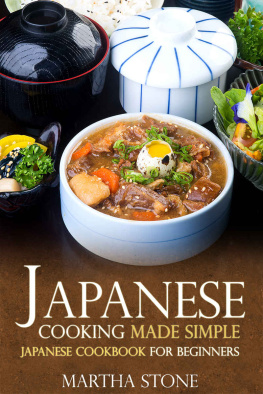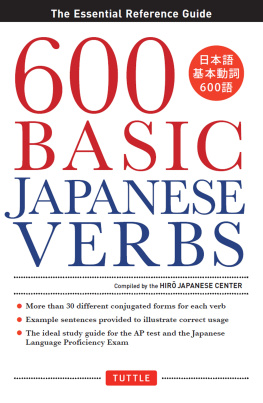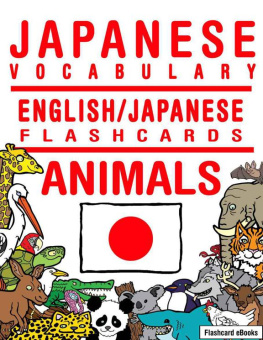Now located in twenty countries around the world, MUJI is a Japan-established world-wide brand. Sticking to its concept of "No-Brand Quality Goods," the company is speeding along its own path of growth. However, the company's history over the past thirty years was not all smooth sailing. The company reported an interim loss of 3.8 billion yen in August 2001, and it was rumored that MUJI was done for. Tadamitsu Matsui, then president (currently chairman) of the company, turned the companys future around in a V-shaped recovery. How was he able to get the company out of that hole and build one of the world's finest brands? What characteristics did he possess to help make it happen? We will look into the future strategy of Ryohin Keikaku, a leading global company in Japan.
The MUJI Yurakucho Store, the Company's Largest Branch in the World
Stepping out of the Kyobashi ticket gate of the JR Yurakucho Station, a huge sign for MUJI comes into sight. As you walk into the store, there are posters all over the walls. "Is humankind good to the earth?" These words and a calm landscape photograph speak eloquently about MUJI's world-view. Surrounded by comfortable ethnic background music, you go up by escalator to the second floor. The floor space here is about 400 tsubo (1322 square meters). A floor this large would dazzle anyone. MUJI takes its product materials very seriously and proposes a lifestyle that is gentle on the earth. Near the end of November, there are cashmere sweaters and another hit product, non-itch ribbed turtlenecks that do not irritate the skin. The latter is a newly developed product consisting of a wool section covering the body and a cotton section covering the neck to prevent it from being irritated. Although it consists of two different materials combined, you cannot tell, even looking at it up close. This standard of product quality clearly indicates MUJIs capabilities.
Walking further down the floor, a "MUJI HOUSE," which is now attracting media coverage, is on display. This is where the company presents MUJI's version of what an entire house would look like. On this particular day, I see a young couple talking to the staff with enthusiasm. What occupies a fairly large portion of the floor is a restaurant called "Meal MUJI." This restaurant offers menu items that are gentle on the human body, as per MUJI's standard. I see about one hundred seats already occupied, plus people waiting in a long line to sit down.
Going further in, warm apparel goods, cosmetics, travel goods, stationary, and other categories of products are arranged. If you are a MUJI fan, this might be a place you are dying to experience. In the children's space found even further on down, there is a wooden play space set up with a sign advertising, "Education in the Trees," where you can see lots of smiles on the faces of children and their mothers. In this space, children can play freely. Full-time staff is available to give pointers on how to play with toys like a joyful kid.

MUJI's Appeal
Why is MUJI this popular? It is because the functional products embodying MUJI's concept of "No-Brand Quality Goods," namely, taking away unnecessary frills and fancies and zeroing in on the fundamentals, are well-understood and accepted by consumers. In other words, MUJI's philosophy and ideals have birthed their own customers. Simplicity, elegance of design, usability, and comfort are in all of their products. The earth-colored tones of their products also advocate a life that is gentle on the earth. In this way, MUJI's philosophy extends beyond Japans borders and has received acceptance by people in China, Southeast Asia, and more recently by Muslim markets like Kuwait and Dubai into which MUJI has expanded.
MUJI proposes its lifestyle across all national borders. In Europe, especially in London, this lifestyle is being received as fundamentally in keeping with a Zen philosophy. In China, MUJI's lifestyle is actually beginning to penetrate customers ideals, many of them young women, as something to yearn for.
MUJI Products Going International
With the world's acceptance of its way of thinking, MUJI now has expanded to 230 stores (as of September 2013) in twenty-three countries, not counting the 384 in Japan. The company offered only 40 items when it was founded, but they now carry 7500 items, including daily necessities, apparel, and groceries. There are no other brands in Japan in the daily necessity and apparel categories that have become so widespread around the world. MUJI exists literally across the entire world now.
MUJI was quick to expand overseas. Founded in 1989, MUJI opened outlets in London and Hong Kong in 1991. Then they established MUJI Europe in 1994, opening a store in Paris in 1998. The company reported a major interim loss in August 2001 and liquidated overseas outlets, but in 2003, they opened new stores in Singapore, Taiwan, and Korea. After opening outlets in Sweden and Italy in 2004, they expanded to China. There, their stores will exceed 100 by the end of this fiscal year. These stores will be the major source of income from overseas markets. The company expanded to North America in 2007, opening its first American store in SoHo, New York, proving that MUJI can pass as an international brand.
MUJI's advance does not end there. They opened a store in Istanbul in 2008, and then in 2013 opened an outlet in world-class shopping malls in Kuwait and Dubai. MUJIs aggressive overseas activities are legendary. Some Japanese companies even say, "It's great to see MUJI go out there ahead of us, because all we have to do then to be successful is just set up shop next door." In fact, one factor for major shopping centers in the world to be successful is to have MUJI as a tenant, in addition to brands like H&M and ZARA.
A Leader in V-shaped Recoveries
Since its establishment in 1989, the company has been growing as a global company. Pulling off consolidated sales of 187.7 billion yen and an ordinary profit of 19.8 billion yen (in the business term ending in February 2013), the company is very successful today. However, at one time in the past, the company lost 3.8 billion yen, and people were predicting that MUJI was done for. This was the first half ending in August 2001.
It was Tadamitsu Matsui, who became president in 2001 (now chairman), who bailed out the company with its massive losses. Since joining SEIYU in 1973, having consistently pursued his career in HR, Matsui was singled out to take on the challenge. Reminiscing about the sudden stall of the company, Matsui says that people had gotten overconfident, resting on their laurels. If you stay in good shape for ten years, you may begin to fixate on myths of success from the past, becoming convinced that everything will continue to go well and that nothing needs to be changed. How was Matsui able to bring a change to such slipshod management?

